Python - Python Programming Insights
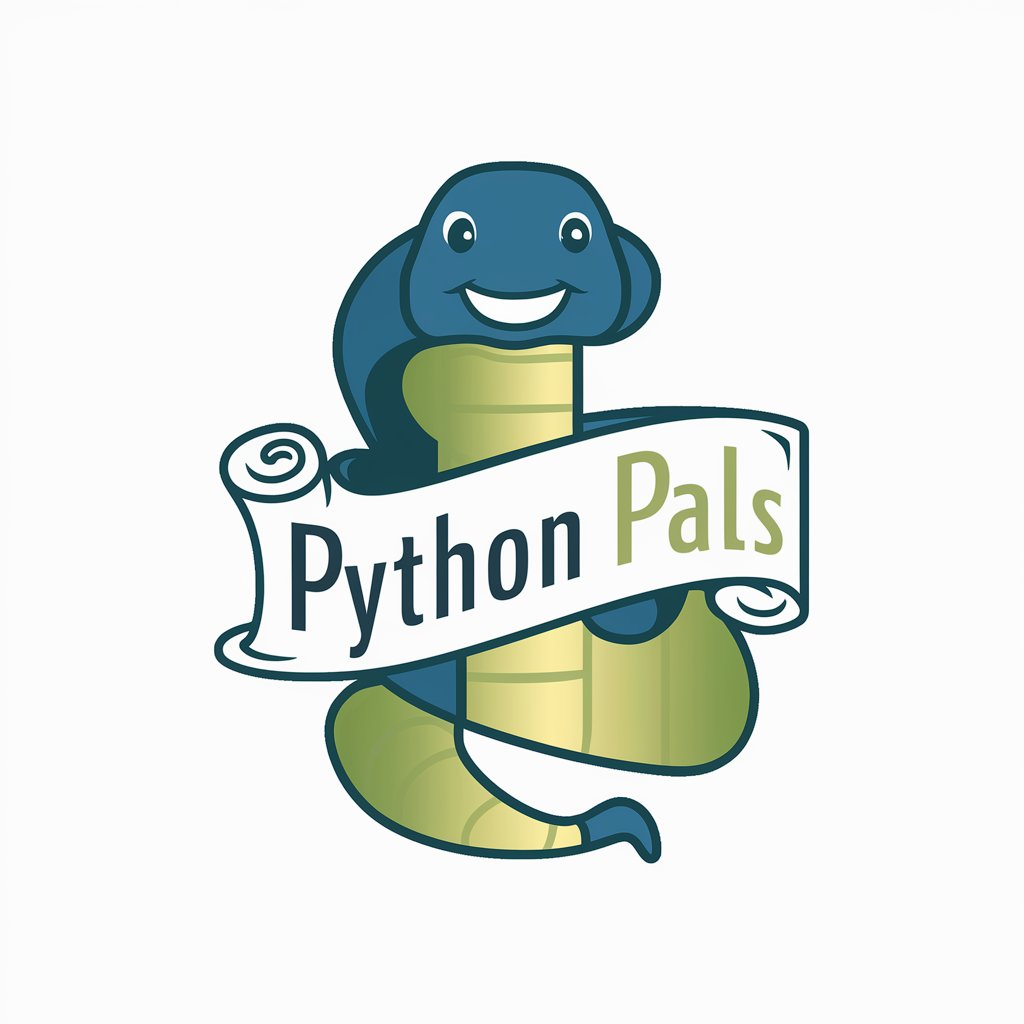
Hello! Let's explore Python programming together.
Empower Your Code with AI
Explain how decorators work in Python and provide an example.
Can you guide me through the process of setting up a virtual environment in Python?
How do you handle exceptions in Python? Provide a code example.
Describe the difference between lists and tuples in Python.
Get Embed Code
Introduction to Python
Python is a high-level, interpreted programming language known for its clear syntax and readability, making it an excellent choice for beginners and experienced developers alike. Designed by Guido van Rossum and first released in 1991, Python's philosophy emphasizes code readability and a syntax that allows programmers to express concepts in fewer lines of code than might be used in languages such as C++ or Java. Python supports multiple programming paradigms, including procedural, object-oriented, and functional programming. It comes with an extensive standard library that supports many common programming tasks such as connecting to web servers, reading and writing files, and data analysis. Python is used in a variety of applications, from web and software development to scientific and mathematical computing. Example scenarios include automating simple tasks, developing complex web services with frameworks like Django and Flask, data analysis with Pandas and NumPy, and creating machine learning models using TensorFlow and Scikit-learn. Powered by ChatGPT-4o。

Main Functions of Python
Automation
Example
Automating repetitive tasks like file renaming, data entry, or email sending.
Scenario
A small business uses Python scripts to automate their monthly expense reports, pulling data from various sources and compiling it into a single document.
Web Development
Example
Creating web applications using frameworks like Django or Flask.
Scenario
A tech startup uses Django to build a secure, scalable social media platform, leveraging Django's built-in features to handle user authentication, database interactions, and routing.
Data Analysis
Example
Analyzing large datasets to find patterns, trends, and insights.
Scenario
A research institute uses Pandas and NumPy for cleaning, transforming, and analyzing climate data to study global warming trends.
Machine Learning
Example
Developing predictive models based on statistical algorithms.
Scenario
A financial services company uses Scikit-learn and TensorFlow to develop algorithms that predict stock market trends and make investment decisions.
Scientific Computing
Example
Solving complex mathematical problems and simulations.
Scenario
Universities use Python for scientific research, employing libraries like SciPy and Matplotlib for complex calculations and visualizing data in fields such as physics and biology.
Ideal Users of Python
Beginners in Programming
Individuals who are new to programming benefit from Python's straightforward syntax and readability, making it an accessible entry point into software development and programming concepts.
Web Developers
Web developers use Python to build server-side web applications. The availability of powerful frameworks like Django and Flask makes it a preferred choice for rapid development and prototyping.
Data Scientists and Analysts
Professionals in data science and analysis use Python for its extensive ecosystem of data manipulation and analysis libraries, such as Pandas, NumPy, and Matplotlib, which support tasks from data cleaning to complex analysis and visualization.
AI and Machine Learning Engineers
Python is fundamental in the field of artificial intelligence and machine learning due to its rich set of libraries and frameworks like TensorFlow, Scikit-learn, and PyTorch that facilitate the development and training of machine learning models.
Researchers and Academics
Academics and researchers utilize Python's capabilities in scientific computing and its wide range of libraries for numerical simulations, statistical analysis, and experimental data processing, making it a versatile tool for scientific research.

Using Python: A Guided Approach
Start with YesChat.ai
Initiate your Python journey by exploring YesChat.ai for a complimentary trial, bypassing the need for logins or ChatGPT Plus subscriptions.
Install Python
Ensure you have Python installed on your device. Visit the official Python website, download the latest version suitable for your operating system, and follow the installation instructions.
Learn Python Basics
Familiarize yourself with Python syntax and basic programming concepts through tutorials, online courses, or textbooks. Focus on variables, control structures, data types, and functions.
Practice Coding
Apply your knowledge by working on simple projects or exercises. Utilize online platforms like GitHub to explore and contribute to projects, enhancing your understanding and skills.
Explore Libraries
Dive into Python's extensive library ecosystem to leverage pre-built modules for web development, data analysis, machine learning, and more, streamlining your coding tasks.
Try other advanced and practical GPTs
Python
Empowering Development with AI
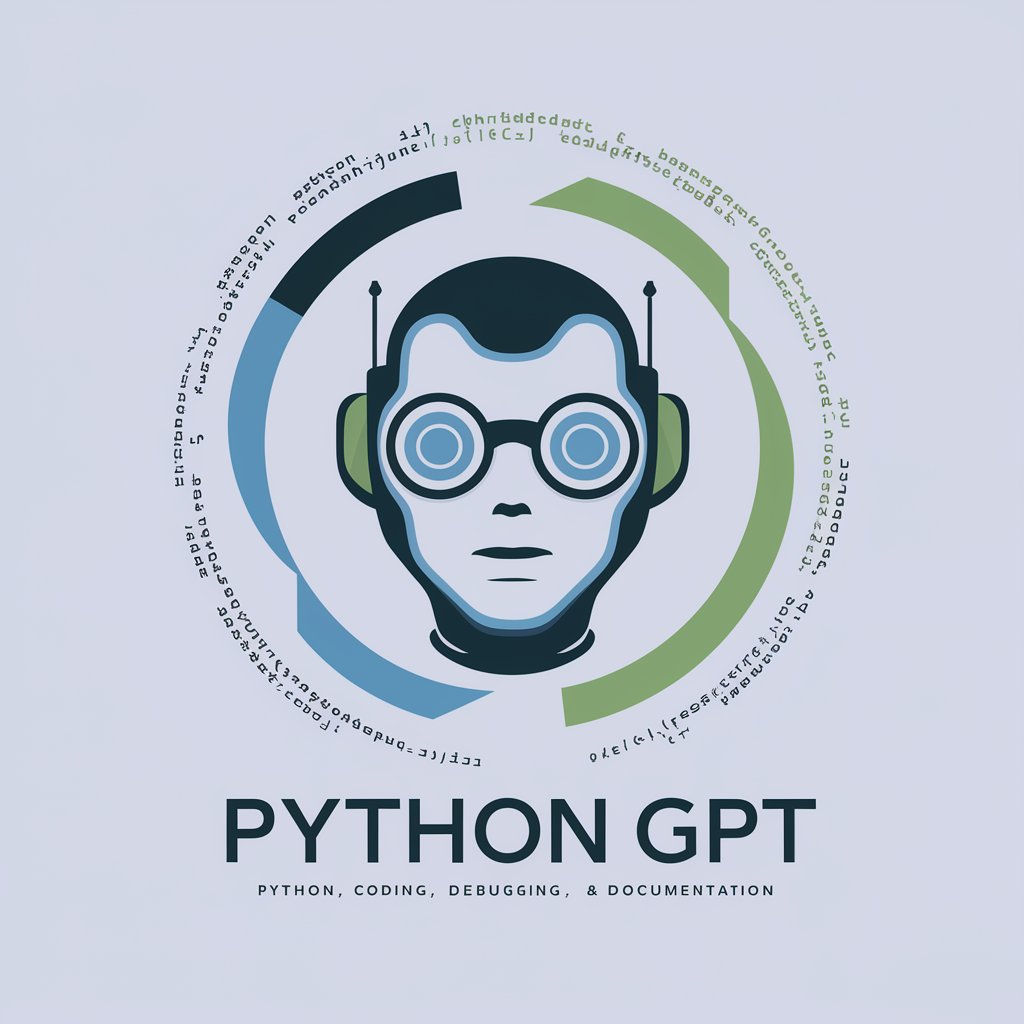
python
Empowering creativity with AI-powered Python assistance.
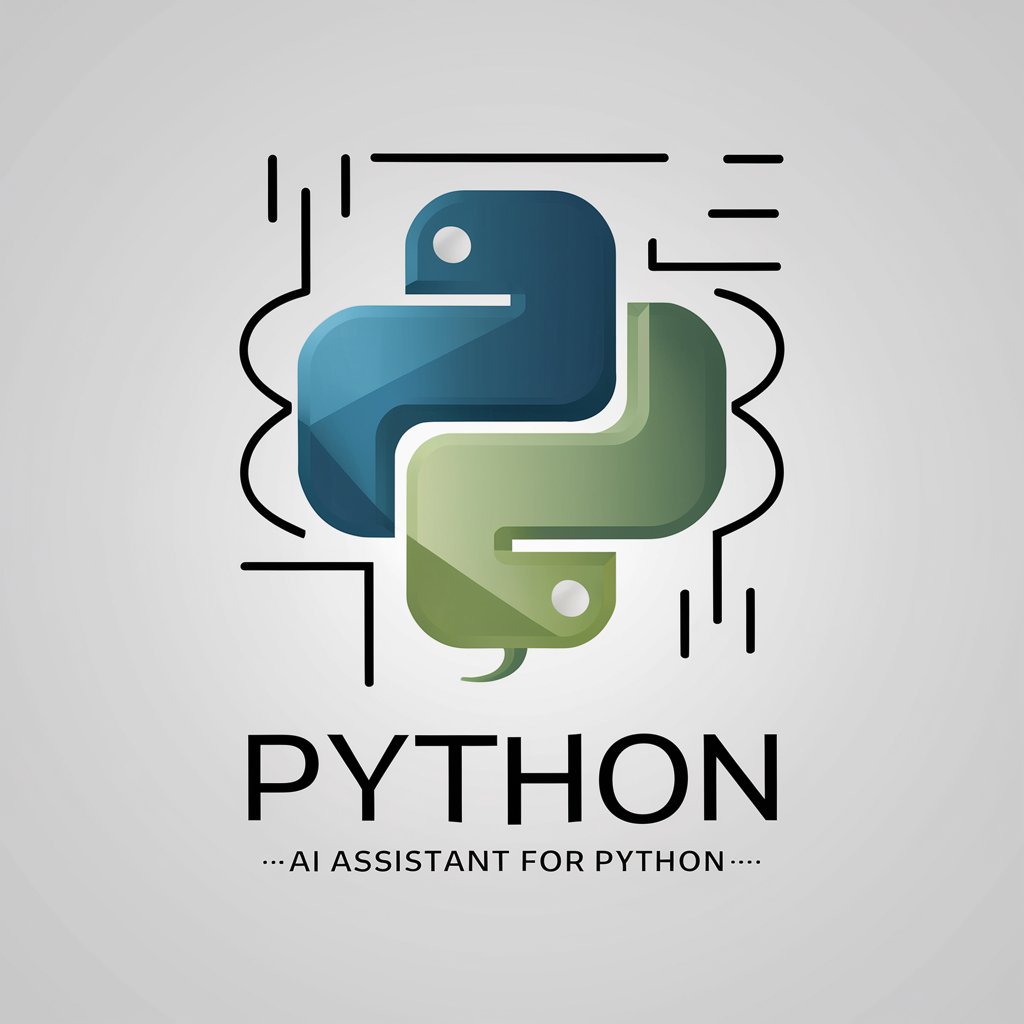
Python
AI-Driven Python Scripting
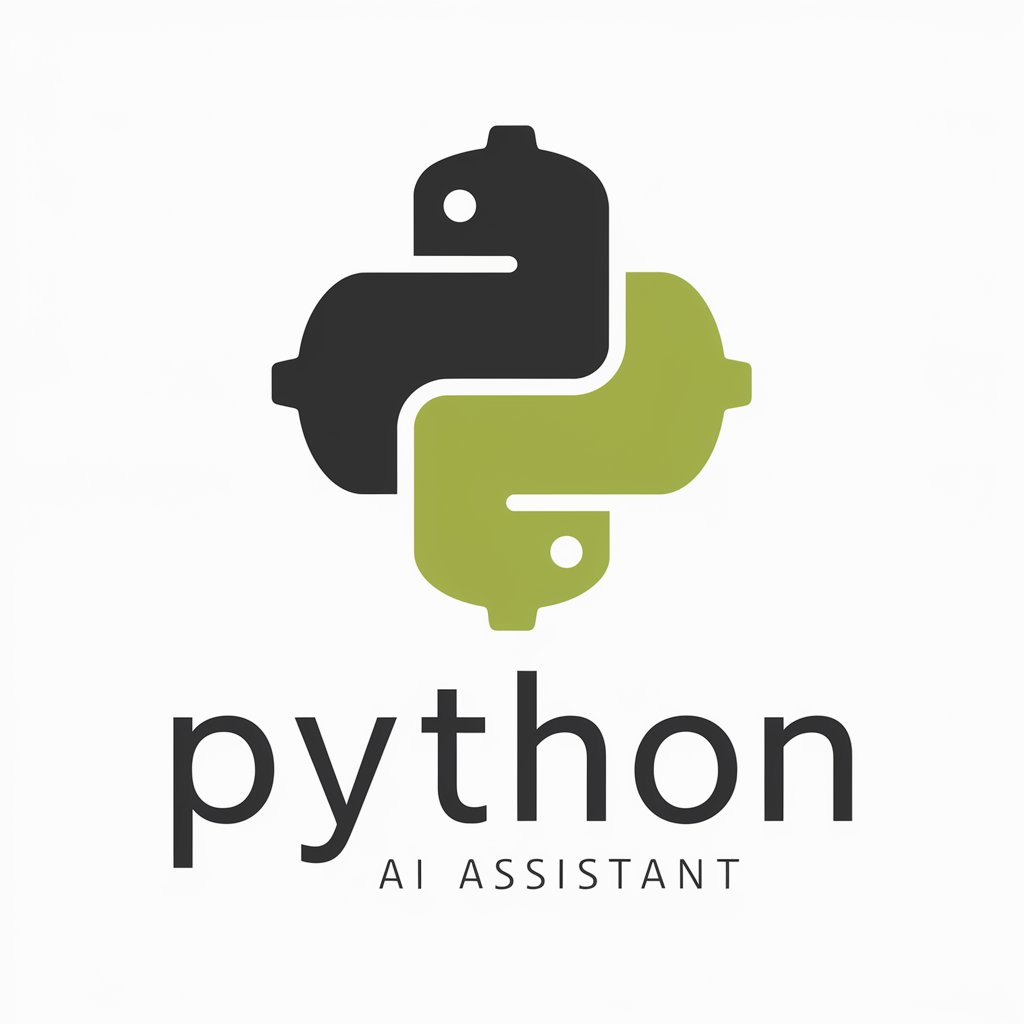
python
Empowering Coders with AI
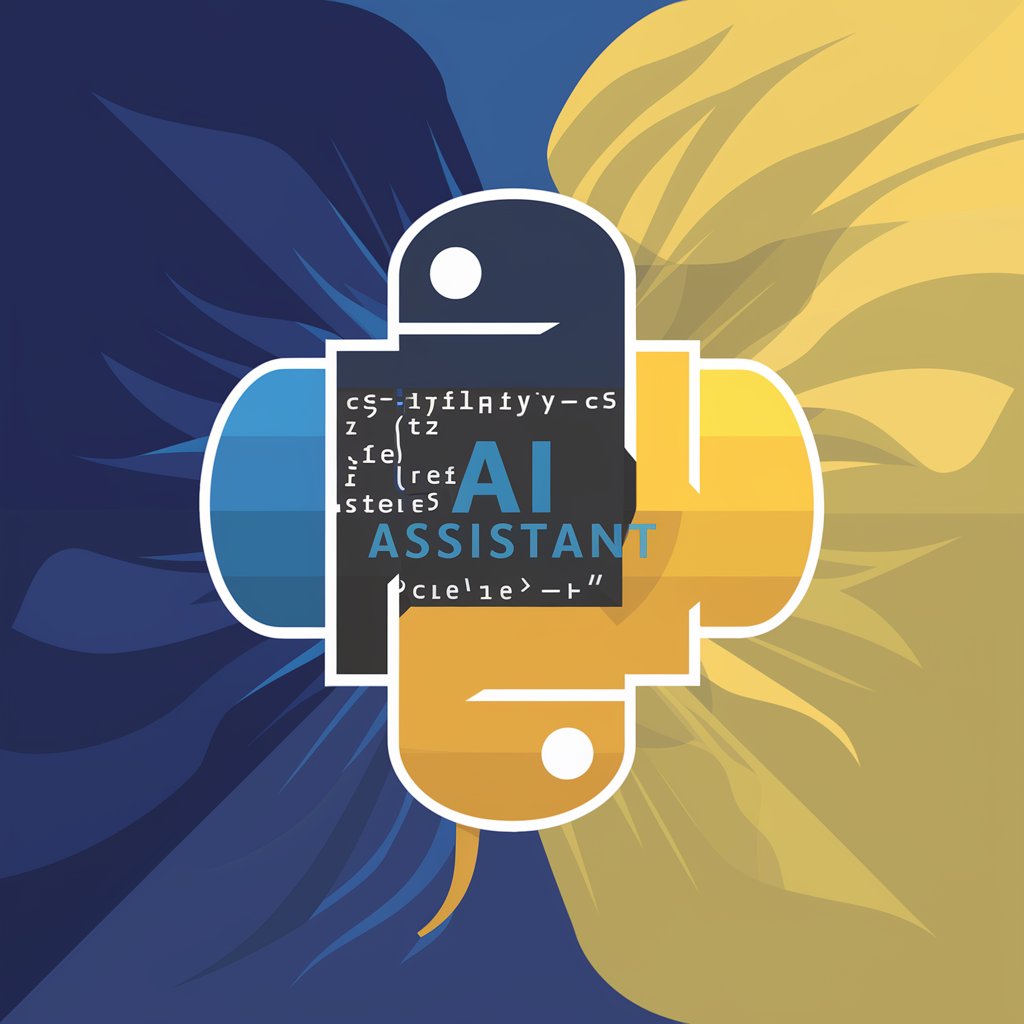
就職面接の隠れた嘘を暴け。性悪人事部長の採用圧迫面接体験ゾーン
Train to Uncover Interview Deceit with AI

文章大师
Elevate Your Writing with AI

Python
Enhancing coding with AI assistance
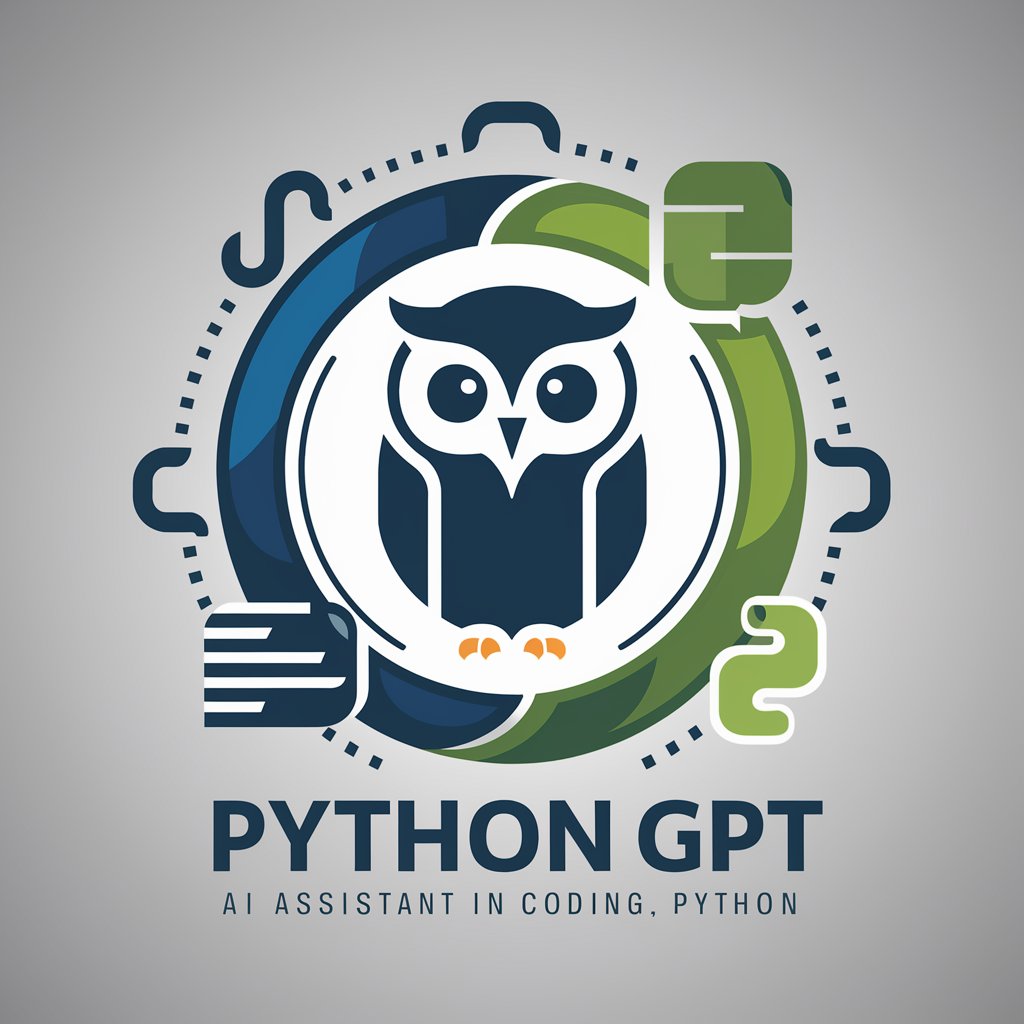
Python
Unlock the Power of Python with AI
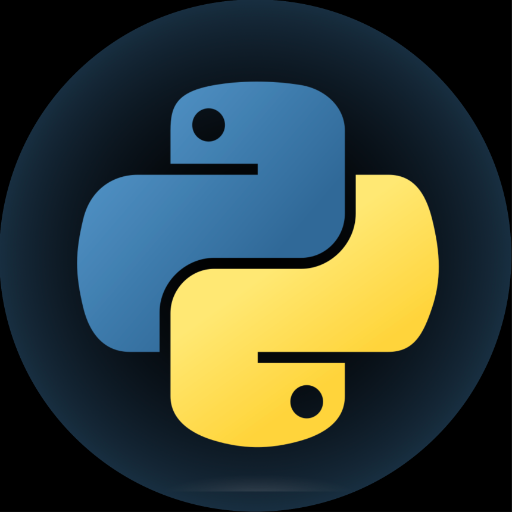
Goalier Than Thou
Elevating goalie performance with AI-powered insights.

Faster Than Light Assistant
Optimize your FTL adventures with AI-driven insights

Better than GPT at Coding
Power Your Code with AI
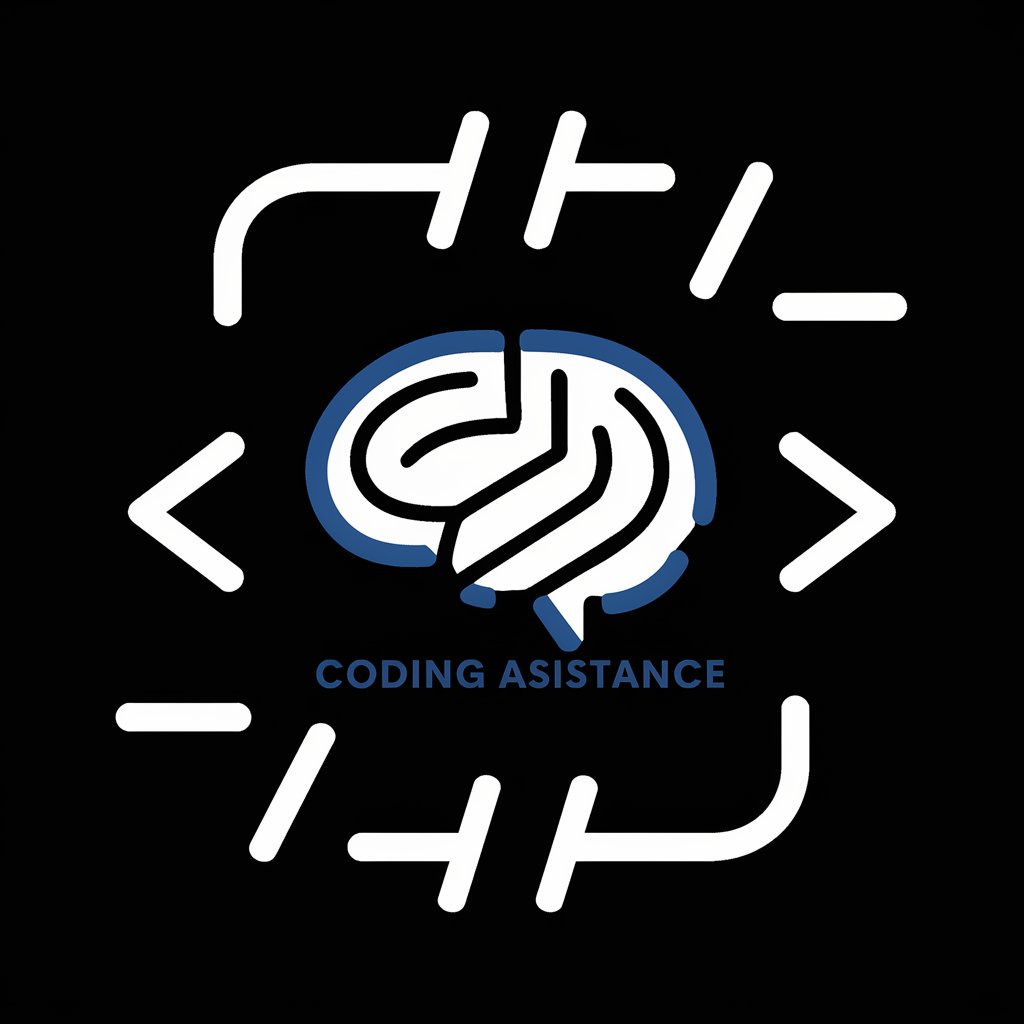
Smarter Than You
Advanced AI for Expert Communication
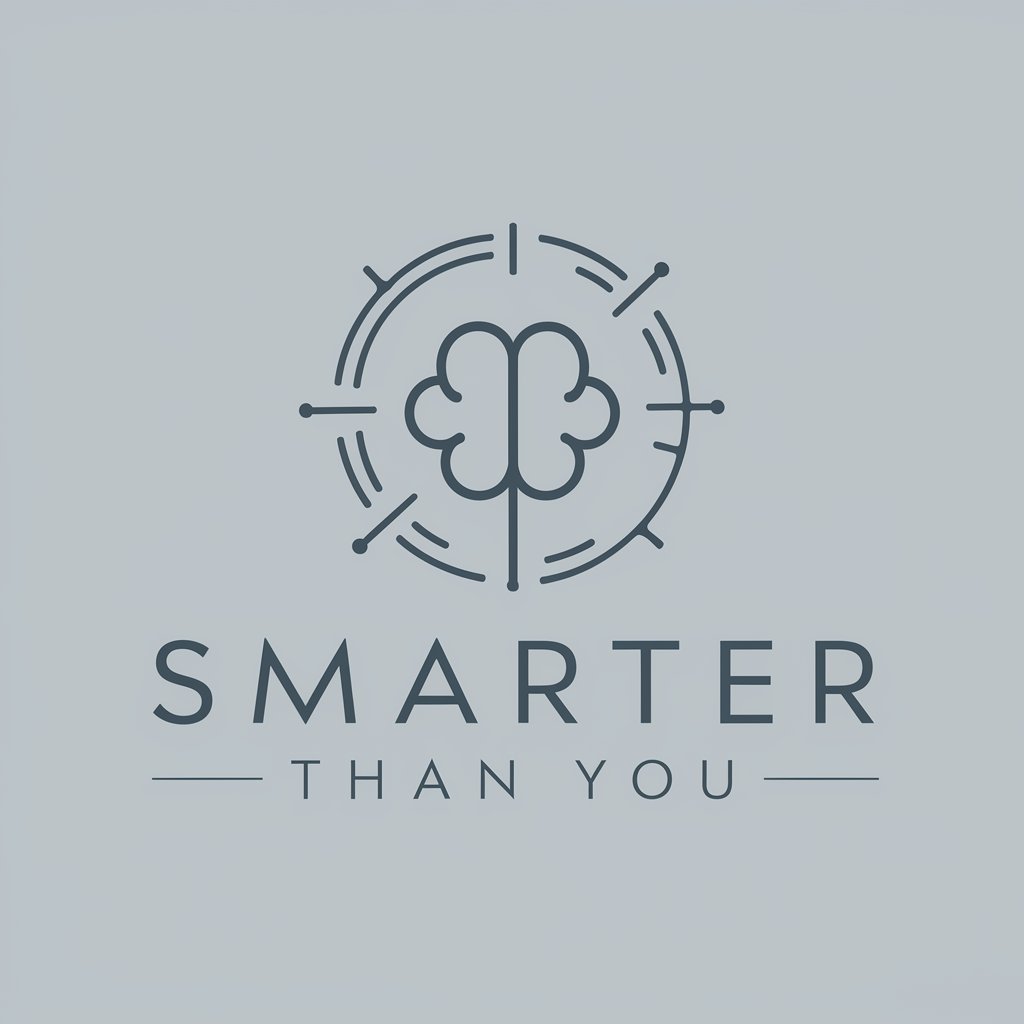
In-Depth Python Q&A
What is Python and why is it so popular?
Python is a high-level, interpreted programming language known for its simplicity and readability. Its popularity stems from its versatility, extensive libraries, and strong community support, making it ideal for web development, data science, automation, and more.
How does Python handle memory management?
Python uses automatic memory management with a built-in garbage collector, which identifies and deallocates unused objects in memory, simplifying the development process and minimizing memory leaks.
Can Python be used for mobile app development?
While not traditionally associated with mobile development, Python can be used for creating mobile applications through frameworks like Kivy or BeeWare, offering cross-platform compatibility.
What are Python decorators and how do they work?
Decorators are a powerful Python feature that allows the modification of function or class behavior without altering its code directly. They're applied using the '@' symbol and can enhance functionality, such as logging, enforcing access controls, or timing execution.
How does Python support functional programming?
Python supports functional programming concepts such as first-class functions, anonymous lambda functions, higher-order functions, and immutable data structures, enabling developers to write cleaner, more efficient code.
